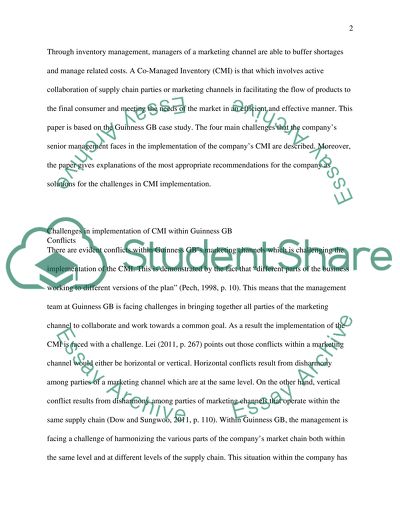Cite this document
(“Marketing Channels and Logistics: Guinness GB Essay”, n.d.)
Retrieved from https://studentshare.org/marketing/1400593-marketing-channels-and-logistics
Retrieved from https://studentshare.org/marketing/1400593-marketing-channels-and-logistics
(Marketing Channels and Logistics: Guinness GB Essay)
https://studentshare.org/marketing/1400593-marketing-channels-and-logistics.
https://studentshare.org/marketing/1400593-marketing-channels-and-logistics.
“Marketing Channels and Logistics: Guinness GB Essay”, n.d. https://studentshare.org/marketing/1400593-marketing-channels-and-logistics.


